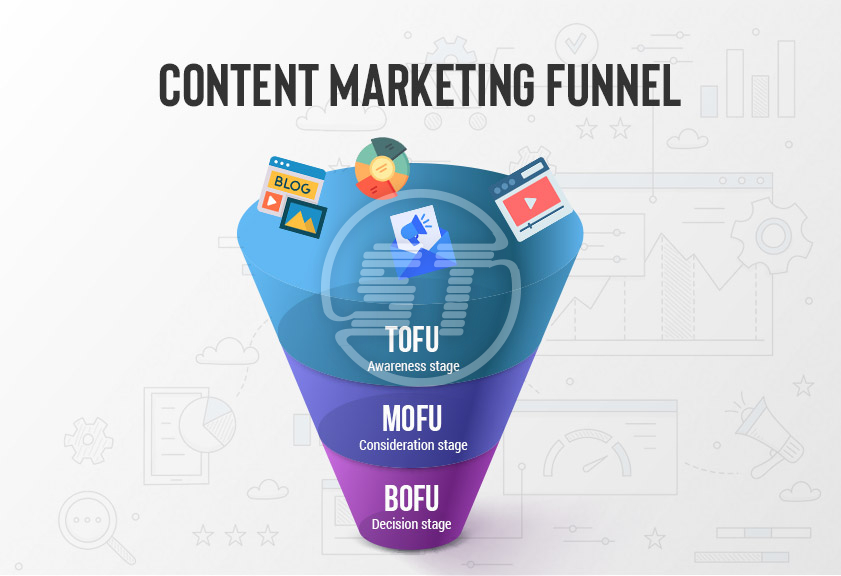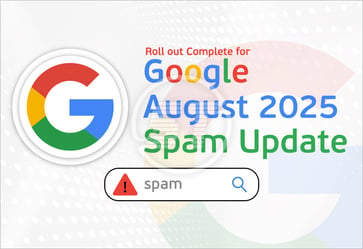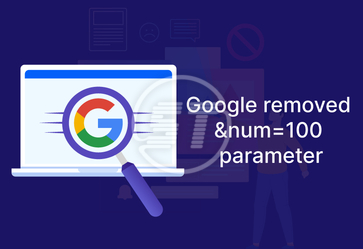Do you have new content strategies to attract and retain customers?
Are you finding it difficult to provide an engaging experience consistently to your customers through your website or application?
Engagement is needed, but how?
Certainly, it is a problem now with increasing digital content options and which is why content marketing has become tricky work now. To achieve business goals, content strategists must think beyond the box and create an effective content marketing funnel.
A content marketing funnel is nothing but a system that is completely customer-centered. It is made strategically to entice and engage customers to increase conversions. The content marketing funnel generates leads and invites potential customers to your digital platform.
Though the content marketing funnel helps customers with the information they are seeking and educates them assists in enhancing sales. However, its execution and operation are not simple; one must wake up and smell the coffee.
Right content strategies are needed to make an effective funnel, but do you know what strategies you are required to apply and how to make them yield for your business? If not, then read the article and begin creating an appealing content marketing funnel.
YOU MAY ALSO LIKE: Ecommerce customer journey
Why does a business need a content marketing funnel?
The basic need of content marketing funnel is to provide an effortless content experience to all the users/visitors and help them deciding to buy your products or services more than competitors.
A business creates a content marketing funnel by evaluating its audiences’ interests in digital products and their responses throughout the buying journey. If it is designed well, content marketing funnel also helps to unearth bottlenecks of business processes.
The most important part of this funnel is to create relevant and engaging content for target audiences and boost their revenue by applying accurate content marketing strategies.
The key for content creation is to put your feet in target audiences’ shoes and know their requirements or pain points. Afterwards, create content for funnel and reap the profits.
Moreover, as mentioned above, content marketing funnel helps you find shortcomings in different processes of business. Besides, it increases conversion rates, improves customer retention, and it is good for building a healthy relationship with customers.
So, basically, to streamline business processes, it is crucial to create a powerful content marketing funnel.
YOU MAY ALSO LIKE: How to retain customer in ecommerce?
Types of content marketing funnel
There are two major types of the funnel, i.e., B2C and B2B.
B2C content marketing funnels aim at building a relationship with end users, generating leads and conversions, and enhancing brand awareness. Content used in this funnel are blogs, videos, images, etc. They help engaging potential customers and convert them into buyers.
Whereas the B2B content marketing funnel focuses on generating B2B leads, fostering relationship with organizations’ key decision-makers, and building a valuable sales cycle. It includes content like case studies, white papers, webinars, etc.
YOU MAY ALSO LIKE: Ecommerce sales funnel
Important things to know before creating a content marketing funnel
Have you brainstormed on some of the crucial facets of business before making a content marketing funnel?
Understanding target customers’ shopping journey
There are chances that customers have gone through some challenges while they were exploring your products or services. Have you found those pain points yet or not?
You can use survey data and reports to know more about this issue, customers reviews are also useful to know about their expectations from your digital platform and problems they faced during the shopping journey.
Competitors research to know your shortcomings
It is a wise idea to do your competitor’s SEO analysis and scour how they are ahead of you, what mistakes you are doing, what are their strategies to deploy content, etc. If their content strategies are superior to yours, try imitating them to figure out if any of them work for your website or app as well.
Or better to evaluate their content marketing approaches, the channels they are using to connect with their audiences, what type of content they are posting, etc., and then plan your strategies accordingly.
Your business goals and challenges
What are your business goals and how will you overcome the content marketing challenges that you’ve faced until now?
Set the goals that you have to accomplish and challenges that need special attention in the content marketing funnel.
Decide content KPIs
Content KPIs such as shares, likes, website visits, organic traffic, etc. help you decide how effective your content is. Finalize these KPIs that matter to you and curate content accordingly to achieve desired results.
Start making content marketing strategies
Once you are done with all the above steps, then you are good to go. Begin with content marketing funnel strategies to overcome the issues in the system and improve overall sales and conversion.
YOU MAY ALSO LIKE: Ecommerce SEO Website Tips
Stages of the content marketing funnel & content creation for them!
If a buyer or a potential customer enters your system for the first time, they are most likely in the unaware stage because they don’t have much knowledge about your products and the process they have to go through.
They come to your digital platform because your links were promising. However, as they move forward through different stages of the content marketing funnel in your system, there are chances of some triggered events that can be painful for them.
Let’s know about these stages.
Awareness stage (TOFU)
This is the top of the funnel (TOFU), when a shopper starts experiencing a problem and wants a solution for their problem, they begin looking for information to resolve their problem. Content marketers seize this opportunity by showing up in search engine results. This is where a shopper’s journey starts with your content marketing funnel.
Main goal of this stage is to generate brand awareness, fine-tune search visibility and focus on customer acquisition. To achieve the goals in awareness stage, you need content that can educate users, and which is relevant for longer time.
In this stage, with the help of your content, somehow you try to educate your potential customers that your product can be used to solve their problems. The content should generate visitor’s interest in your product.
So, basically you nudge your potential customers to get conversions, but the catch here is, you don’t directly talk about yourself. Instead, you tell them that their problems can be solved.
Your content in TOFU raises the competence in users and they find your products or services more useful than any other available option. But do you know, what type of content will work best in this stage?
Blog posts, videos, contests and quizzes, email newsletters, tips and advice, infographics, comprehensive guides, etc. To create the content you can take help of metrics like bounce rate, social share, number of visitors, time on the page, etc.
Also, when you apply best practices to create content in this stage, include keywords which are determining to drive traffic, which content format will work best, or optimize links to do well in search engines ultimately improves your search visibility.
Consideration stage (MOFU)
In this middle of the funnel (MOFU) stage, shopper knows their options to get solutions and they start considering some of the potential options. Goal of this stage is to acquire customers by giving them information about your products or services.
Create content that will give more use case understanding to the potential customers and they will accept your product or service as a solution to their problems. In this stage, the content you create and share directly speaks to the users who needs help to overcome their problems.
The content in consideration stage assures a frictionless experience for visitors and help them make up their minds to believe in your products or services. Types of content you can use in this stage are case studies, how to-, product descriptions, reviews, case studies, FAQs, statistics, comparison content, etc.
Measure metrics like CTA clicks, lead generation, content download, etc. and create right type of content required for this stage.
Not to forget here that MOFU content is designed for visitors to learn more about relevancy of your product or service so that chances of their conversion are increasing.
Decision stage (BOFU)
This stage is also called the bottom of the funnel (BOFU). Here the shoppers almost have decided what products or services they might buy. Thus, they sort the products and proceed to buy them.
The goal of this stage is nothing but sales; and to achieve that goal you need to write additional information about products. The content should be intended to convince visitors to buy their products or services. The smoother experience funnel will offer, the more conversion will occur.
Types of content that will help visitors make their decision are demos, pricing pages, interactive assets, success stories, etc. Measure conversion rate and sales revenue and then plan your content accordingly for BOFU.
Other than these three stages of content marketing funnel, there is a fourth stage beyond funnel and that is retention stage. To retain customers, you can provide support to each customer whenever they need it. Happy customers are crucial for business, and which is why, you can focus to retain them for long-term.
Subscription, coupons are some techniques to increase repeat customers. Other than that, keeping in touch with them by sending personalised emails and messages are also useful content.
Using custom coded email templates can further enhance this communication, ensuring your messages are visually engaging, consistent, and tailored to your brand.
Content creation and content marketing strategies may vary as per industry, product niche, and target audience. When it comes to B2C, there might be chances that buyers don’t spend much time in the consideration stage. Whereas you need to provide in-depth information to B2B customers to create engagement and build a relationship before the decision stage.
Buying cycle of buyers needs content mapping!
So, every stage of content marketing funnel needs to be organized with different type of content. And when you optimize the funnel, SEO works simultaneously. The content marketers want to apply for each stage, SEO teams create that optimized content with proper keywords, tags, etc. Thus, content marketing funnel increases sales by improvising customer experience and SEO of the website.
Just discern funnel stage and the type of content you need to entice customers. Also, figure out customer’s persona and their need to make better plans.
Content mapping is what you need to elevate buyer’s shopping experience and boost up business revenue!
Skynet Technologies provide various digital marketing services including SEO, social media marketing, content marketing, behavioral marketing, email marketing, and more. Fill out form below to request a free quote or send mail at hello@skynettechnologies.com


